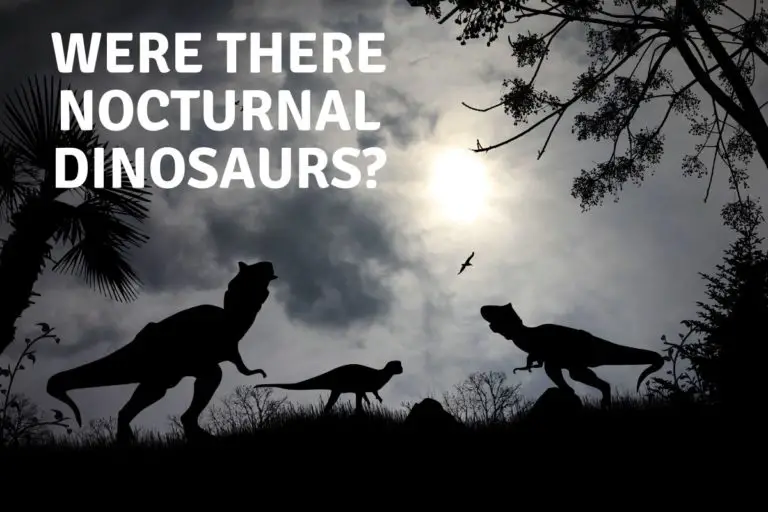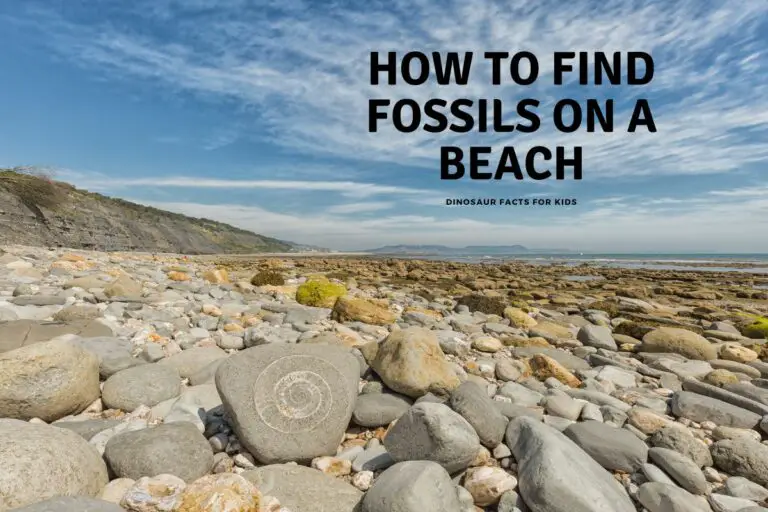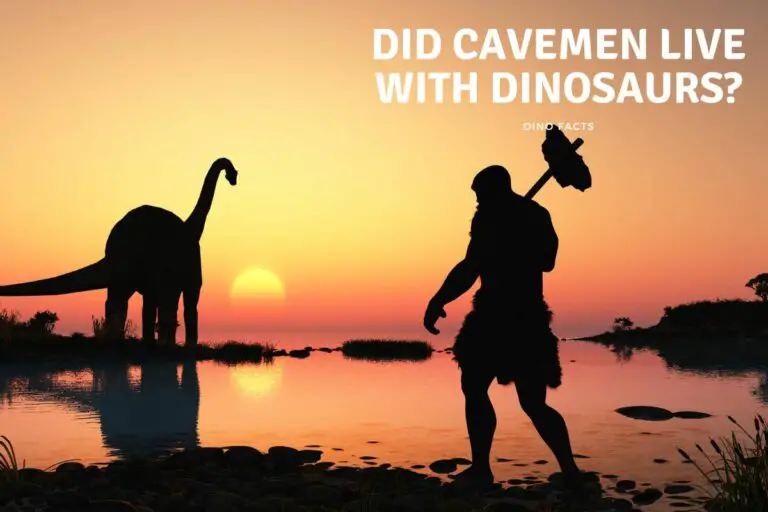Is The Bloop Real?
In 1997, hydrophones across the Pacific Ocean captured a sound that left scientists both intrigued and baffled. This mysterious and incredibly loud noise was dubbed the “Bloop.”
Instantly, it captured the imagination of the public, sparking debates and theories about its source. Many wondered, “Is the Bloop real?”
The Bloop, detected in 1997, was initially a marine mystery. The Bloop was a real sound, and its origin was natural. While theories ranged from new sea creatures to fictional producing the sound, NOAA research in 2005 identified its likely source as ‘icequakes’ from icebergs fracturing in Antarctica.
When science doesn’t provide an immediate answer, imagination will step in and some suggested that the Bloop was a huge, undiscovered marine creature. While others ventured into the realm of fiction, suggesting the sound may even be legendary sea monsters.
But beneath the layers of speculation lay a genuine scientific puzzle: What was the true origin of the Bloop? We take a look at if the Bloop was real below.

The Discovery of the Bloop
The detection of the Bloop wasn’t the result of a deliberate search for unknown sounds. Instead, it was picked up by accident by the National Oceanic and Atmospheric Administration (NOAA) using hydrophones to listen for volcanic activity.
These devices are designed to pick up and record underwater sounds and monitored vast stretches of the Pacific for volcanic / seismic and other acoustic activity.
The question on everyone’s lips was, “Is the Bloop real or just an anomaly?”
The Bloop stood out not only because of its volume but also its unique and non-repetitive frequency pattern. For context, this sound was picked up by listening stations over 5,000 km apart, showcasing how powerful a sound it was.
To produce a noise of this magnitude would mean surpassing the volume of the blue whale, the planet’s largest known creature and its loudest.
The blue whale can make sounds over 180 decibels, which is louder than a Jet plane.
This fact moved the sound from a data point to the center of scientific scrutiny and widespread public interest.
If it was an animal and was so much louder than a blue whale then what and just how big could it be!

Is the Bloop real?
The Bloop as a sound was most definitely real, and you can listen to the sound on this link, however fortunately or unfortunately depending on your views, the theories of sea monsters or undiscovered marine life accounting for the bloop sound were not real.
After years of analysis, and recording closer and closer to the ice shelves of Antarctica, in 2005 the NOAA concluded that the Bloop’s most likely source wasn’t a gargantuan creature but the cracking and breaking of an ice shelf, a phenomenon known as “icequake.”
Though perhaps less thrilling than the idea of an unknown deep-sea behemoth, this explanation was in line with the sound’s characteristics and location.
This announcement of the Bloops true origin, after 8 years of speculation, was met with mixed reactions.
- Some appreciated the scientific explanation of iceberg sounds and were thankful it wasn’t some massive sea animal
- while others clung to the cooler ( ha!) idea of a huge hidden creature.
Even though the question, “Is the Bloop real?” got its answer, the draw it being something remained. We take a look at some of the theories below and in our article What was the Bloop Sea Monster/
Theories around the Bloop Sound
The hype surrounding the Bloop gave rise to various theories. Some were grounded in reality, while others were, well just say less grounded.
Given the sound’s magnitude and volume and the vastness of unexplored ocean, many considered the possibility of a creature larger than the blue whale.
- Giant Creatures: Given its organic sounding nature, some suggested it came from an undiscovered giant sea creature, potentially even larger than the blue whale.
- Cthulhu: Public imagination, influenced by pop culture, even suggested it could be Lovecraft’s fictional monster, Cthulhu or even the Kraken.
- New Species: Other speculations revolved around a new species of marine life or variations of known species emitting unfamiliar sounds.
Scientists, fortunately, remained cautious, considering geological activities or shifting tectonic plates as the most likely explanations.

Other Sea mysteries
The Bloop shows our fascination with the unexplained. Sounds like the Bloop offer tantalizing possibilities of what might still be out there.
And while the bloop, and Julia Sounds may be the most recent sea mystery we have discovered (an explained) they are not the first and are unlikely to be the last.
There are some more Ocean mysteries to whet ( ha) your appetite below below.
Mysteries of the Deep:
- The Bermuda Triangle: Stretching between Miami, Bermuda, and Puerto Rico, this region has reportedly seen numerous ships and aircraft vanish without a trace. While pop culture often suggests paranormal explanations, most scientists attribute these disappearances to environmental factors.
- The Julia Sound: A mysterious and powerful low-frequency sound detected in 1999, the Julia sound’s origin is still debated – although not in scientific circles. Some believe it was an iceberg’s resonance, while others think it may have been a large marine creature.
- The Black Demon Shark: Tales of a massive, black-shark lurking in Mexico’s Baja waters have spread for decades, often described as being similar in size and appearance to the Megalodon. This creature, nicknamed the “Black Demon,” has been the subject of numerous reports by local fishermen. Skeptics think these are exaggerated encounters with known species. Scientific expeditions have yet to conclusively identify or debunk the existence of the Black Demon.
- The Flying Dutchman: A legendary ghost ship doomed to sail the oceans forever. In reality, these sightings can be explained by Fata Morgana, a type of complex mirage seen on the horizon.
- The Mariana Trench’s Eerie Sounds: The deepest part of our ocean made more popular in very recent years due to the Meg movies, has produced strange sounds Many of these have since been identified as new whale calls or geological processes, but some remain unidentified.
- The Milky Sea Phenomenon: A rare occurrence where vast stretches of ocean exhibit a milky glow. Once a sailor’s tale, satellite imagery has now confirmed its existence. Bioluminescent bacteria are believed to cause this phenomenon.
- The Lost City of Atlantis: Plato’s writings introduced this advanced ancient civilization that supposedly sank into the sea. While most historians and archaeologists consider it a myth, its allure has led many to speculate its existence and location.
These mysteries are just some of many that remind us that there are plenty more secrets that the ocean has yet to give up.
Conclusion
The Bloop, once thought to be evidence of a mysterious marine creature, was found to be natural geological processes of large Ice movement.
So while the Bloop sound was real, some of the theories were most certainly not.
All that said, if you listen to the sound, ( you can above) and we do not claim to be an expert in anyway at all, it doesn’t sound like ice cracking and breaking to us!
References
- https://www.wired.co.uk/article/bloop-mystery-not-solved-sort-of
- https://www.americanoceans.org/facts/the-bloop/
- https://oceanservice.noaa.gov/facts/bloop.html
Hi, I am Roy Ford a General Studies and English Teacher who has taught all over the world. What started as a fossil collection became a great way to teach, motivate and inspire students of all ages and all over the world about dinosaurs and from that and children’s love of dinosaurs came the site dinosaur facts for kids, a resource for all ages.






